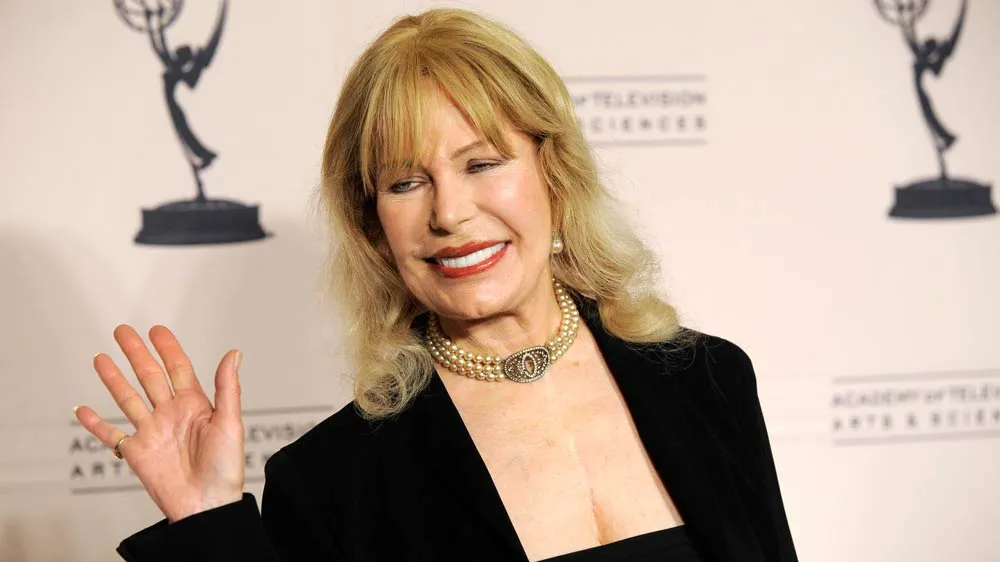August 15, 2011
MFA's latest gallery devoted to jewelry (with stories to tell)
Kay Bourne READ TIME: 5 MIN.
Madeleine Albright so infuriated Saddam Hussein in negotiations that his poet in residence came up with a scathing verse referring to her as an "unparalled serpent."
In response, Secretary of State Albright wore a gold serpent pin on her jacket when she next sat down to discuss Hussein's resistance to full disclosure of Iraq's chemical, nuclear, and biological warfare programs.
The message she delivered with her jewelry harked back to America's revolutionary era slogan: "Don't tread on me!!!!"
Nor is the intrepid Albright alone in having a story for each of the pins she so famously wears.
Every piece has a story
The Rita J. and Stanley H. Kaplan Foundation Gallery at the Museum of Fine Arts, Boston can make the same claim with its inaugural exhibition Jewels, Gems, and Treasures: Ancient to Modern, which debuted July 19.
"Every piece of jewelry has a story," said curator of jewelry Yvonne Markowitz referring to the some 75 objects in MFA's newest gallery which is devoted exclusively to jewelry and the bejeweled.
"Jewelry is incredibly personal."
The stories sometimes veer towards Gatsby-era nonchalance. Take for example this tidbit associated with the lustrous platinum brooch from the 1920s. The pin, which features an eye popping 60-carat carved Mughal emerald surrounded by Cartier diamonds, belonged to American socialite, cereal heiress Marjorie Merriweather Post.
Markowitz commented that she has seen some 13 photographs of Post wearing the brooch, including one with Post sitting by the pool on her 24-acre estate.
The brooch is pinned to a strap on her bathing suit!
Vagaries of fortune
The vagaries of fortune are illustrated by the gold, enamel, and diamond brooch with matching earrings treasured by Mary Todd Lincoln. The pin, which was purchased a year or so before her husband's assassination, bespeaks the downward spiral of the former first lady's fortunes. Talked about as a spendthrift when residing in the White House, she acquired the piece around 1864, but felt compelled to sell it in 1867 to pay mounting debts.
Jewelry designers favored by an upper crust celebrity might become part of her social scene.
Minnie Cushing, one of the fabled Cushing debs from Brookline, desperately wanted to get out of her marriage to Vincent Astor but he wasn't letting her go. "She must be mad," he confided to a friend, finding it incomprehensible that any woman should not wish to be Mrs. Vincent Astor. He refused to be dumped.
In David Grafton's gossipy bio of the three sisters, Babe Mortimer Paley, Betsey Roosevelt Whitney, and Minnie Astor Fosburgh, ("The Sisters/The Lives And Times of the Fabulous Cushing Sisters"), the author describes Minnie's ploy to get a divorce: she introduced Vincent to a desirable wife replacement. This was a widow named Brooke Marshall. Vincent was smitten. To hasten the relationship, Minnie invited Brooke to a Memorial Day weekend lunch at the Astor's place in Rhinebeck, insuring she made it to the gathering by sending the Astor limo to pick up Brooke.
The introduction worked. Vincent asked Brooke to marry him that very afternoon.
Tiaras and bracelets
At the lunch was jewelry designer Fulco di Verdura, who is represented in this exhibit by two pieces of jewelry. One of them is a gold and diamond "American Indian" Tiara, which Betsey Cushing Whitney wore to her presentation to Queen Elizabeth II in 1956 as the wife of the U.S. Ambassador to the Court of St. James.
The second di Verdura piece is fashion designer Coco Chanel's enameled cuff bracelets accented with jeweled Maltese crosses.
Chanel has said that cuff bracelets were her favorite jewelry.
The style is also represented in one of the earliest pieces in the exhibit, a pair of ivory cuff bracelets dating from 2400 to 2050 BC from the Early Kerma culture that existed in what is now modern Sudan. The exhibit, while choice, represents jewelry that has been valued by people over the vast time span of four millennia.
On view through November 25, 2012, the exhibit draws from the MFA's collection and select loans ranging from a 24th century BC Nubian conch shell amulet to a 20th century platinum, diamond, ruby, and sapphire flag brooch honoring the sacrifices of the doughboys in World War I.
The gallery - only one of a few at US museums solely dedicated to jewelry - will over time feature works from the Museum's outstanding collection of approximately 11,000 ornaments. It is named in honor of the generosity of the Rita J. and Stanley H. Kaplan Family Foundation. "Jewels, Gem, and Treasures: Ancient to Modern" illustrates the use of many metals and stones, some precious, some not, as prized by the jewelry makers of their times to make stunning work.




